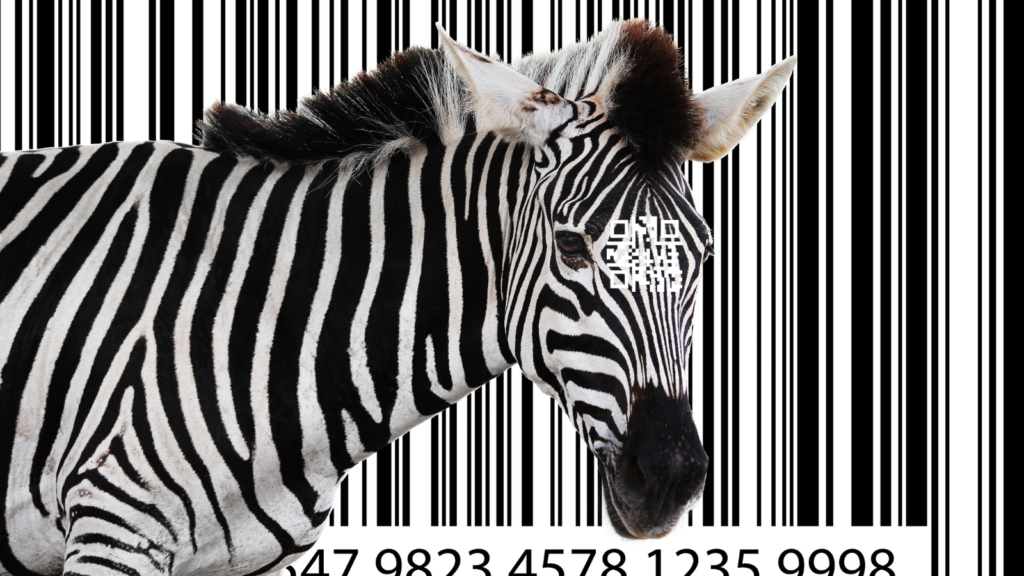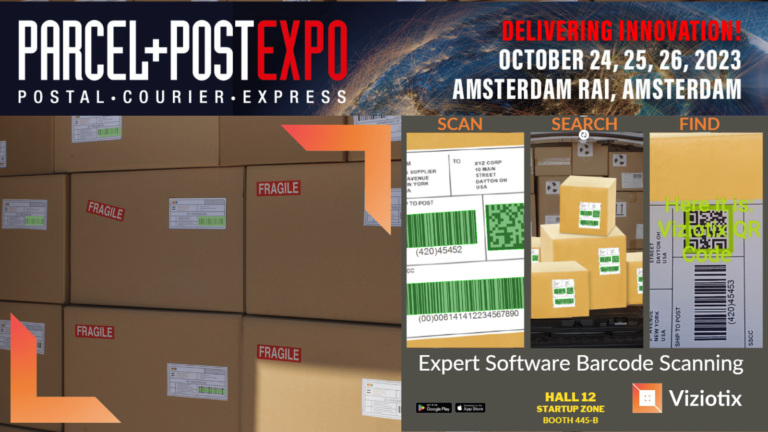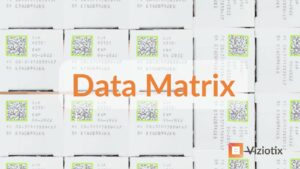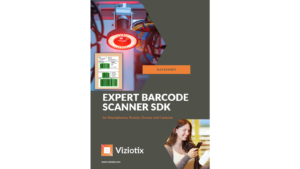The History of Barcodes
The barcode has become an integral part of our daily lives, with its presence in supermarkets, airports, and warehouses. It is hard to imagine how we would have kept track of inventory, prices, and other important data without it. In this article, we will take a look at the history of the barcode, its impact on modern society, and its future prospects.
Barcode Beginnings
Barcodes were invented by Norman Joseph Woodland and Bernard Silver in 1949. However, it wasn’t until April 3rd 1973 that the UPC (Universal Product Code) barcode was adopted as a standard for use in retail stores in the United States, and the first barcode was scanned on June 26th 1974 in a Marsh store in Troy, Ohio. The UPC barcode is a series of vertical lines of varying thicknesses and spaces that represent a numerical code, which can be scanned by a barcode reader to identify a product or item. The information is stored only across the barcode (hence 1D barcodes), to make it easy to print, and the height of the barcode just makes it easier for laser scanners to find the lines.
Since its introduction, the barcode has gone through various iterations and advancements, including the 2D barcode and the QR code. The 2D barcode can store more information than the traditional barcode and is often used in shipping and logistics. 2D barcodes store data in their height and width and require imagers (cameras) to scan (hence the slow death of the laser barcode scanner). The QR code is a type of 2D barcode that can be scanned using a smartphone camera and has become popular for advertising and marketing purposes.
Impact on Modern Society
The barcode has had a significant impact on modern society, particularly in the areas of retail and logistics. It has made it easier and more efficient to keep track of inventory, prices, and sales data, which has led to better supply chain management and reduced costs. Additionally, it has made it easier for consumers to find and purchase products and has facilitated the growth of online shopping and self-scanning.

The barcode has also had an impact on other areas of society, such as healthcare. Barcodes are often used to identify patients, medications, and medical equipment, which can help reduce errors and improve patient safety. They are also used in libraries to track books and other materials, and in manufacturing to track the production process.
Barcodes are increasingly being used to make a digital link between objects and information. A QR code on a restaurant table leads to a menu and online ordering system, or on a product pack, to an online video showing the product benefits. Soon the GS1 standard for retail marking will grow to include 2D codes with the GS1 Sunrise 2027 initiative.
Future Prospects
While the barcode has been around for 50 years, it is still a vital part of our daily lives. However, advancements in technology are leading to new barcode alternatives, such as RFID (Radio-Frequency Identification) and NFC (Near Field Communication). These technologies allow data transfer without requiring line-of-sight between reader and tag but at an added cost and sometimes lack of feedback to the operators.
However, it is unlikely that the barcode will be replaced anytime soon. It is a well-established and widely recognized technology, and it will take time for new technologies to become as widely accepted and adopted. Additionally, the barcode is an incredibly cost-effective and efficient solution for many applications, and it will continue to be used in conjunction with new technologies, including smartphones, robots and drones, for the foreseeable future.
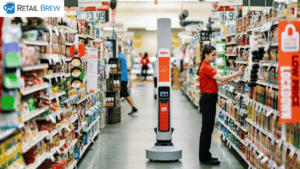
Conclusion
In conclusion, the barcode has had a significant impact on modern society since its introduction 50 years ago. It has made it easier and more efficient to track inventory, prices, and sales data, and has facilitated the growth of Omnichannel retailing. While advancements in technology are leading to new barcode alternatives, it is unlikely that the barcode will be replaced anytime soon. It will continue to be a vital part of our daily lives for many years to come.
Fun Facts About Barcodes
- Barcodes in their modern form were invented by Woodland and Silva and patented in 1952 as: CLASSIFYING APPARATUS AND METHOD. J, WOODLAND ET AL 2,612,994
- Over 10 years before supermarkets, the US rail industry was the first to adopt the technology. The first barcodes were used to mark railway freight cars and were scanned by fixed trackside scanners. See this KarTrak video.
- The first barcode scanners were made by the Spectra Physics organization and the Model A scanner weighed 112 lbs. (50 kg!), had 8 PCBs and cost $12,500 (in 1974!).
- The Kraay family make the world’s largest barcodes by cutting a QR code out of the crops on their family field in Canada
- Barcodes in Space. Barcode labels have made it into space. Perhaps that’s why Star Trek films like to have a lot of barcode scanners on the bridge of the Enterprise?

